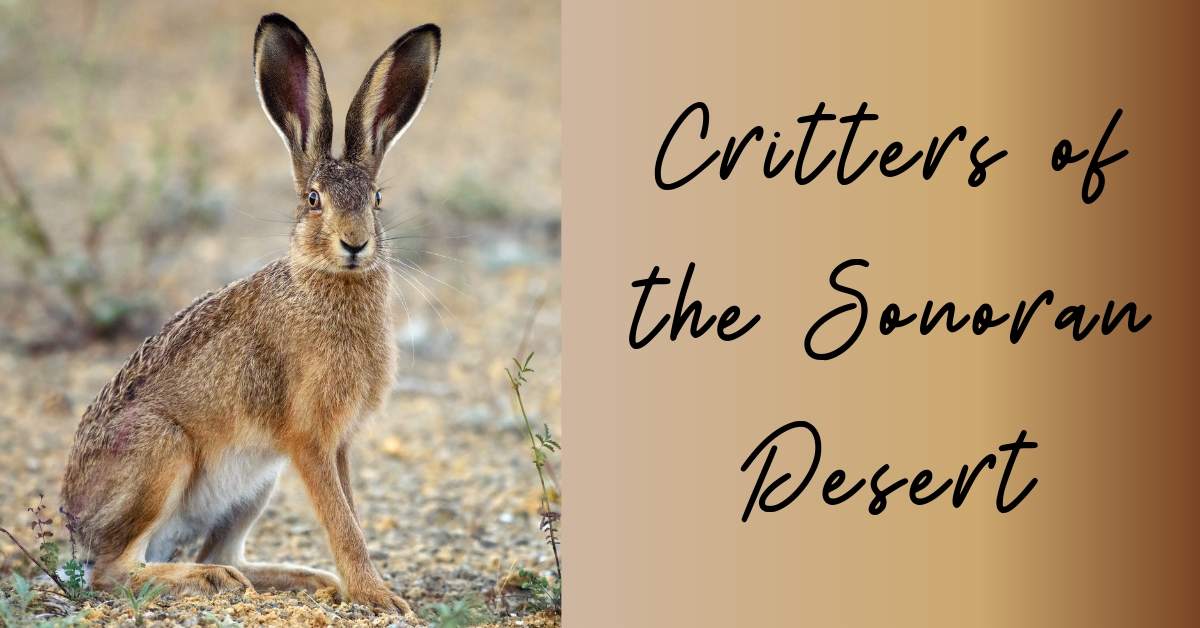- Finding the Right Indoor Plants for Desert Your Home - April 28, 2023
- Common Misunderstanding About Sun Exposure - April 18, 2023
- All about the Arizona Monsoon Season - May 21, 2021
Sometimes the desert in Arizona gets so hot you have to wonder how other animals get by without the benefit of cooling sunshades. Yet, for centuries Sonoran wildlife has developed and adapted to the extremes of desert temperatures. Part of their strategy is similar to ours – get in the shade for a simple, natural cool. Other fauna is crepuscular or nocturnal meaning they are most active at dawn and dusk (crepuscular) or through the night (nocturnal). Here’s a few of the amazing desert species you can find in Arizona’s Sonoran range.
Coyote
Perhaps the desert’s most signature animal is the coyote. Incredibly tenacious, coyotes now live across the United States, but it is in the desert where they make their biggest splash. Adaptability is the key trait of coyotes. They can thrive on the outskirts of cities or deep in wilderness. Their range extends from Alaska to Panama, encompassing a broad range of climates and circumstances. Coyotes are built for survival – they can almost anything, from plants and fruits to small and medium sized animals. Although they are most active at sunset and sunrise, coyotes are not tethered to a set sleep cycle. Depending on what food is available to them, they will change their habits to get it. Adult coyotes in the desert usually weigh about 25 pounds but their technique of hunting in packs gives them the capacity to take on swift and challenging prey.
Javelina
Javelina look like pigs or wild boar, but are actually a separate species of animal with distinct anatomical differences, called a peccary. Javelinas are well established in the desert, living in packs. As adults, they stand about 2 feet tall and weigh up to 55 pounds. Javelinas live and travel in family groups, usually with 6-10 members, but sometimes more than 30 living together. Javelina scout out shady spots to rest during the peak heat of the day. While javelina usually stick to wilderness washes and desert forests, they have been known to seek shade beneath a raised deck, or even try to burrow beneath mobile homes. While javelinas are mostly herbivores, sharp canine teeth help them hunt and eat small animals on occasion.
Gila Monster
North America’s only venomous lizard can be found right in our backyard. Elusive, beautiful Gila monsters are native to the Sonoran Desert. Adult Gila monsters can grow to be nearly 2 feet long and weigh up to 5 pounds. Outside of humans, these desert denizens have few natural predators and hunt small animals they disable with a paralyzing venom. Gila monsters are reptiles and use desert heat to warm their blood, but when temperatures get too intense, they retreat to burrows they have dug or taken from other animals.
Vulture
It’s a dirty job, but somebody has got to do it. The role of a vulture in desert ecosystems may seem disgusting, but it’s also indispensable. These carrion eaters can smell a food source more than a mile away. These huge birds communicate with their signature circling behavior. When they descend upon an abandoned carcass, they cover it with their 5-foot wing span and defend it aggressively as they slowly pick the bones clean. Naturalists believe the distinct bald head of the vulture evolved for cleanliness and to prevent disease as they subsist on bacteria-ridden remains.
Tarantula
The large hairy tarantula spider almost looks like a rodent or small mammal at first glance. One of many types of tarantula worldwide, the tarantulas of the Sonoran Desert are ground dwelling, burrowing species. Our desert tarantulas aren’t poisonous, but they do possess the ability to discharge irritating hairs from their legs and abdomen. Tarantula body hair also helps them detect subtle vibrations in the ground that can alert them to predators. Undisturbed, tarantulas have a surprisingly long lifespan – up to ten years!
CC Sunscreens
Our favorite desert species is homo sapiens. More adaptable than even coyotes, humans adjust to extreme temperatures using ingenious adaptations like sunscreens. Sunscreens offer natural, energy-efficient cooling with a variety of styles to fit any home. Custom sunscreens from CC Sunscreens are an attractive and sustainable way to beat the desert heat and enjoy the beauty of the Sonoran Desert year-round.

